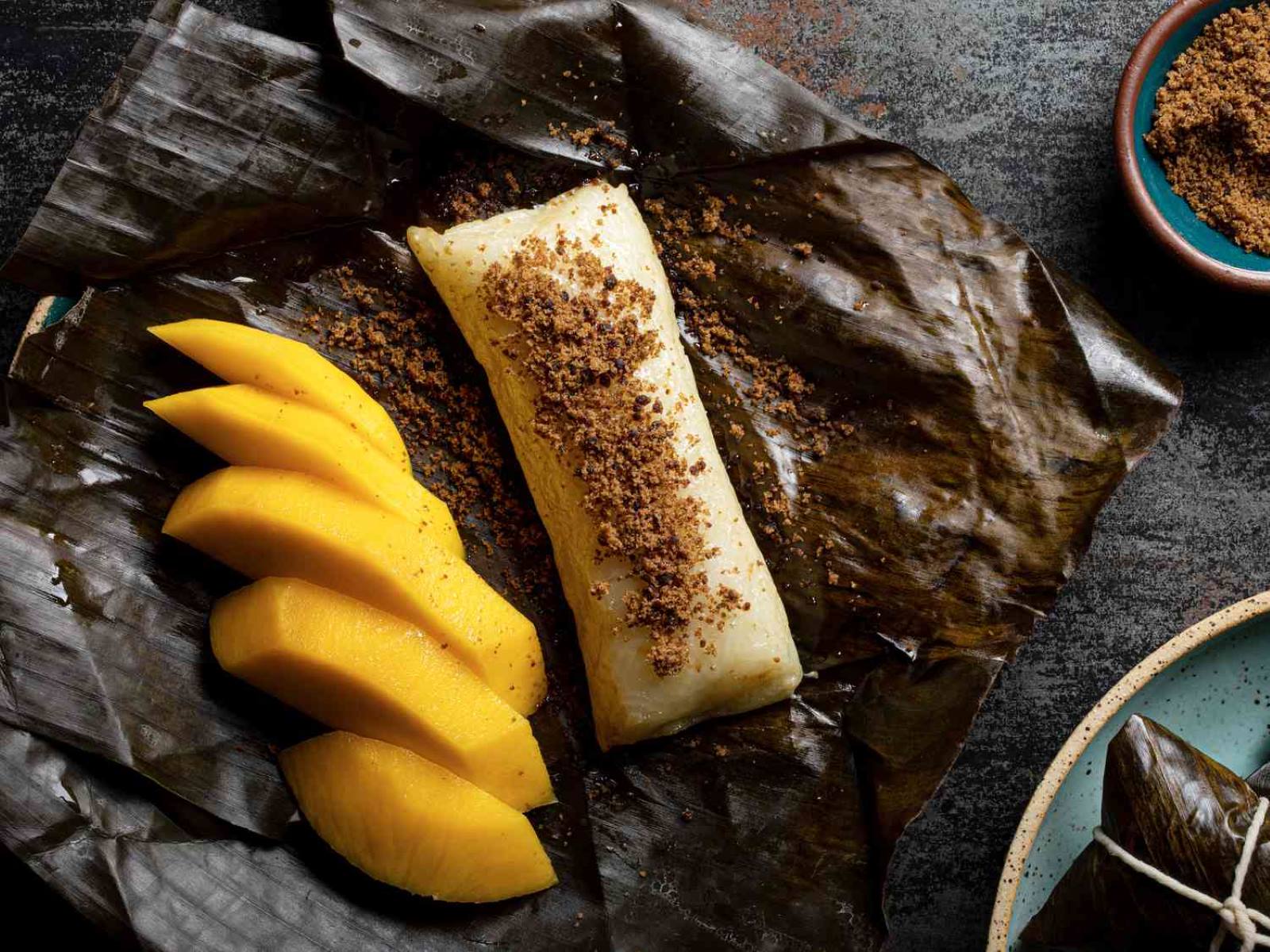

Articles
How To Store Sticky Rice
Modified: May 6, 2024
Looking for tips on storing sticky rice? Check out our informative articles for step-by-step instructions to keep your sticky rice fresh and delicious.
(Many of the links in this article redirect to a specific reviewed product. Your purchase of these products through affiliate links helps to generate commission for Storables.com, at no extra cost. Learn more)
Introduction
Welcome to the wonderful world of sticky rice! Whether you’re a fan of Thai cuisine or simply enjoy the unique texture and flavor of this popular grain, knowing how to properly store sticky rice is essential to preserving its freshness and taste. Sticky rice, also known as glutinous rice or sweet rice, is a staple in many Southeast Asian dishes and is widely loved for its chewy and sticky texture.
Sticky rice gets its name from its high starch content, which gives it its characteristic stickiness. This stickiness is what makes it perfect for rolling into sushi, forming into dumplings, or enjoying alongside savory curries and stir-fries. However, as with any type of rice, sticky rice needs to be stored correctly to maintain its quality and prevent spoilage.
In this article, we will delve into the art of storing sticky rice to ensure that it stays fresh and delicious for as long as possible. We will cover various storage methods, including storing in the pantry, refrigerator, and freezer. Additionally, we will discuss the best ways to reheat sticky rice and share some handy tips and tricks to maximize its shelf life.
So, if you’re ready to unlock the secrets of properly storing sticky rice, let’s get started!
Key Takeaways:
- Properly storing sticky rice is essential for maintaining its freshness and flavor. From choosing the right variety to reheating techniques, following these guidelines ensures delicious, chewy sticky rice every time.
- Whether storing in the pantry, refrigerator, or freezer, proper preparation and storage methods are key to preserving the unique texture and taste of sticky rice. Follow these tips to enjoy perfectly cooked sticky rice in your favorite dishes.
Read more: How To Make Sticky Rice In Rice Cooker
Understanding Sticky Rice
Before we delve into the nitty-gritty of storing sticky rice, let’s take a moment to understand this unique grain. Sticky rice, also known as glutinous rice or sweet rice, is a type of short-grain rice that has a higher starch content compared to regular rice varieties. This higher starch content gives it its distinctive sticky texture when cooked.
Contrary to its name, sticky rice does not actually contain gluten. The term “glutinous” refers to the sticky texture of the rice when cooked, not to the presence of gluten. Therefore, sticky rice is safe for those following a gluten-free diet.
Sticky rice is a staple in many Southeast Asian cuisines, particularly in Thai and Lao cuisine. It is commonly used in dishes such as mango sticky rice, sticky rice with grilled meats, and sticky rice dumplings. It is also a popular choice for sushi and rice cakes in various Asian cultures.
When cooked, sticky rice has a chewy and slightly sweet flavor. The sticky texture allows the rice to be easily shaped and molded, making it perfect for forming into balls, rolls, and other delightful culinary creations.
It’s important to note that sticky rice requires a slightly different cooking technique compared to regular rice. Unlike regular rice, sticky rice needs to be soaked before cooking to achieve the desired texture. This soaking process allows the grains to absorb water and become plump and sticky when cooked.
Now that we have a better understanding of what sticky rice is and its unique qualities, let’s explore the best ways to choose the right type of sticky rice for storage in the next section.
Choosing the Right Sticky Rice
When it comes to storing sticky rice, choosing the right type of rice is crucial. Different varieties of sticky rice have varying levels of stickiness, texture, and flavor. Here are a few key factors to consider when selecting sticky rice for storage:
- Quality: Opt for high-quality sticky rice to ensure the best taste and texture. Look for rice that is free from debris, insects, or any signs of moisture.
- Variety: Sticky rice comes in different varieties, each with its own unique characteristics. The most common varieties include Thai sticky rice (also known as jasmine sticky rice), black sticky rice, and white sticky rice. Thai sticky rice is the most widely available and is perfect for most dishes.
- Grain Size: Sticky rice can be found in short-grain and medium-grain varieties. Both types work well for most recipes, so choose based on personal preference.
- Organic and Non-GMO: If you prefer organic or non-genetically modified (non-GMO) products, look for sticky rice brands that offer these options. This ensures that you are getting rice that is free from synthetic chemicals and genetically modified organisms.
- Packaging: Choose sticky rice that is packaged in airtight, resealable bags or containers. This helps to maintain its freshness and prevents moisture and insects from getting inside.
Once you’ve chosen the right type of sticky rice, it’s time to move on to the next step: preparing the rice for storage. Proper preparation ensures that the rice is clean, free from impurities, and ready to be stored for an extended period of time. We’ll explore this in the next section.
Preparing Sticky Rice for Storage
Before storing sticky rice, it’s important to properly prepare the rice to ensure that it remains fresh and safe for consumption. Follow these steps to prepare sticky rice for storage:
- Cleaning: Start by rinsing the sticky rice under cold water to remove any dust, debris, or excess starch. Gently rub the grains between your hands while rinsing to ensure a thorough cleaning. Repeat this process 2-3 times until the water runs clear.
- Soaking: Soaking is an essential step for sticky rice to achieve its desired texture. Place the rinsed sticky rice in a large bowl and add enough water to cover the grains. Let the rice soak for at least 4 hours or overnight. This allows the rice to absorb water and become plump and sticky when cooked.
- Draining: After soaking, drain the water from the rice using a sieve or colander. Make sure to remove any excess water to prevent the rice from becoming too soft and mushy during storage.
- Drying: Spread the soaked and drained sticky rice on a clean kitchen towel or baking sheet. Allow it to air dry for about 15-30 minutes. This step helps remove any surface moisture and ensures that the rice is evenly dried before storage.
Once you’ve followed these preparation steps, you’re ready to store the sticky rice. The next sections will guide you on the different storage methods available, including storing in the pantry, refrigerator, or freezer.
Storing Sticky Rice in the Pantry
Storing sticky rice in the pantry is a convenient option if you plan to use it within a relatively short period of time, typically within a month or so. Here’s how to store sticky rice in the pantry:
- Airtight Container: Transfer the dried sticky rice to an airtight container, preferably a glass jar or plastic container with a tight-sealing lid. This helps to keep moisture out and maintain the rice’s quality.
- Cool and Dry Location: Store the container in a cool and dry area of your pantry, away from direct sunlight and heat sources. Heat and humidity can negatively affect the texture and flavor of sticky rice.
- Label and Date: Label the container with the date of storage to keep track of its freshness. Sticky rice stored in the pantry can typically retain its quality for up to a month, but it’s always a good practice to use it as soon as possible for the best results.
Remember that once you open the container to use the rice, it’s important to reseal it tightly to prevent moisture absorption. Using a container with a moisture-absorbing packet can also help prolong the shelf life of the rice.
Storing sticky rice in the pantry is convenient for quick and easy access. However, if you want to extend the shelf life of your sticky rice, the next section will guide you on storing it in the refrigerator.
After cooking sticky rice, store it in an airtight container in the refrigerator for up to 5 days. To reheat, sprinkle with water and steam for 5-10 minutes.
Storing Sticky Rice in the Refrigerator
If you want to store sticky rice for a longer period, storing it in the refrigerator is a great option. The cool temperatures of the refrigerator help to slow down the growth of bacteria and preserve the freshness of the rice. Here’s how to store sticky rice in the refrigerator:
- Cooling: After preparing the sticky rice, allow it to cool completely before transferring it to storage containers. Hot or warm rice can create condensation, leading to moisture buildup and potential spoilage.
- Airtight Containers: Divide the cooled sticky rice into smaller portions and transfer them into airtight containers or resealable plastic bags. Make sure to remove any excess air from the bags to prevent freezer burn.
- Label and Date: Label the containers or bags with the date of storage. Sticky rice can typically be stored in the refrigerator for up to 3-4 days without compromising its quality.
- Refrigerator Placement: Place the containers or bags of sticky rice in the refrigerator’s main compartment, away from areas with temperature fluctuations. Avoid placing them near the refrigerator door as it tends to be warmer.
When you’re ready to consume the refrigerated sticky rice, you can either reheat it or use it for cold dishes like rice salads or sushi rolls. We’ll cover the reheating process in more detail later in the article.
While the refrigerator extends the shelf life of sticky rice, sometimes you may need to store it for an even longer duration. In such cases, freezing the sticky rice is a viable option, which we’ll discuss in the next section.
Freezing Sticky Rice
Freezing sticky rice is an excellent option if you want to store it for an extended period, typically beyond a week or two. Freezing helps to preserve the texture and flavor of the rice and ensures it stays fresh for months. Follow these steps to freeze sticky rice:
- Cooling: Allow the cooked sticky rice to cool completely before freezing. This helps prevent moisture buildup and maintain the rice’s quality during freezing and thawing.
- Portioning: Divide the cooled sticky rice into individual portions that you would typically use. This makes it easier to defrost and reheat only the amount you need without having to thaw the entire batch.
- Wrap: Wrap each portion of sticky rice tightly in plastic wrap or aluminum foil. This helps to prevent freezer burn and maintain the rice’s moisture and flavor.
- Sealing: Place the wrapped portions of sticky rice in a freezer-safe resealable bag or airtight container. Squeeze out any excess air before sealing tightly to prevent freezer burn and maintain the rice’s freshness.
- Label and Date: Label the bag or container with the date of freezing to keep track of its freshness. Sticky rice can be stored in the freezer for up to 6 months, though it is recommended to use it within 3-4 months for the best quality.
When it’s time to use the frozen sticky rice, simply thaw the desired portion in the refrigerator overnight or defrost it in the microwave using the defrost setting. Reheat the defrosted rice to your desired temperature, and it’s ready to enjoy!
Freezing sticky rice is a convenient method for long-term storage, but reheating the rice properly is crucial to maintain its taste and texture. In the next section, we’ll explore the best ways to reheat sticky rice.
Reheating Sticky Rice
When it comes to reheating sticky rice, it’s important to be cautious to maintain its texture and prevent it from becoming dry or mushy. Here are a few methods to reheat sticky rice:
- Steamer: Using a steamer is one of the best methods to reheat sticky rice without sacrificing its texture. Place the desired amount of rice in a heat-safe dish or steaming basket and steam it for about 5-7 minutes until it’s heated through. The steam helps to revive the stickiness of the rice without drying it out.
- Microwave: The microwave is a convenient option for quick reheating. Place the desired portion of sticky rice in a microwave-safe dish and cover it with a damp paper towel or microwave-safe lid. Heat it in short intervals, typically 1-2 minutes, stirring in-between to ensure even heating. Be careful not to overcook the rice to avoid it becoming dry.
- Stovetop: To reheat sticky rice on the stovetop, add a small amount of water or broth to a non-stick pan or skillet. Break up any clumps of rice and add it to the pan. Cook over medium heat, stirring frequently, until the rice is heated through and the moisture is absorbed. This method helps to retain the stickiness of the rice.
Regardless of the reheating method you choose, it’s important to work with small portions of rice to ensure even heating. Avoid reheating sticky rice multiple times as it can affect its texture and quality.
Now that you know how to properly store and reheat sticky rice, let’s discuss some additional tips and tricks to help you achieve the best results.
Tips and Tricks for Properly Storing Sticky Rice
To ensure that your sticky rice stays fresh, delicious, and enjoyable for as long as possible, here are some additional tips and tricks for properly storing it:
- Avoid Excessive Moisture: Excess moisture can quickly spoil sticky rice. Make sure to dry the rice thoroughly before storing it to prevent sogginess and mold growth.
- Avoid Temperature Fluctuations: Sticky rice is sensitive to temperature changes. Keep it away from areas with temperature fluctuations, such as near the stove or refrigerator door, as it can impact its quality.
- Use Moisture-Absorbing Packets: Placing moisture-absorbing packets in storage containers or bags can help prolong the shelf life of sticky rice by preventing moisture buildup.
- Freeze in Individual Portions: Freezing sticky rice in individual portions allows you to defrost and use only the amount you need, preventing waste and maintaining the quality of the remaining rice.
- Reheat with a Splash of Water: If reheating sticky rice in the microwave or stovetop, add a splash of water to the rice to help rehydrate it and prevent it from drying out.
- Proper Storage Containers: Use airtight and moisture-resistant containers or bags to store sticky rice. This helps keep out air, moisture, and pests, ensuring the rice’s freshness and flavor.
- Rotate Stock: To maintain the freshest supply of sticky rice, practice the “first in, first out” principle. Use older rice first and rotate your stock regularly to ensure that you always have fresh rice on hand.
By following these tips and tricks, you can prolong the shelf life of sticky rice and enjoy its deliciousness in various dishes for an extended period.
Now that you’re well-equipped with the knowledge of storing sticky rice, it’s time to put it into practice and enjoy the delectable world of sticky rice in your homemade meals.
Read more: How To Store Sticky Bra
Conclusion
Properly storing sticky rice is crucial to maintain its freshness, texture, and flavor. Whether you love enjoying sticky rice in traditional Asian dishes or exploring its versatility in fusion cuisine, following the right storage methods ensures that you always have perfectly cooked and delicious sticky rice at your fingertips.
In this article, we’ve covered important aspects of sticky rice storage, from understanding what sticky rice is and choosing the right variety, to preparing it for storage and exploring different storage methods. We discussed storing sticky rice in the pantry for short-term use, in the refrigerator for a slightly longer shelf life, and freezing it for extended storage. Additionally, we provided tips and tricks to maximize the quality and longevity of your sticky rice.
Remember to clean and soak sticky rice before storing it, and choose airtight containers to preserve its freshness. Label and date your storage containers to keep track of the rice’s shelf life. When reheating sticky rice, use gentle methods like steaming or microwaving with a splash of water to avoid drying it out.
By following these guidelines, you can ensure that your sticky rice remains flavorful, chewy, and delicious every time you enjoy it. So, stock up on your favorite variety of sticky rice, store it properly, and let its versatility infuse your culinary creations with its unique texture and taste.
Now that you’re equipped with the knowledge of storing sticky rice, it’s time to embrace the art of sticky rice storage and elevate your gastronomic experience!
Now that you've mastered storing sticky rice, you might wonder why rice gets sticky in your cooker. Isn't perfect rice every cook's dream? Find out in our detailed analysis that tackles common mishaps and offers solutions for ideal rice preparation. You'll never have to endure less-than-perfect sticky rice again with these insights.
Frequently Asked Questions about How To Store Sticky Rice
Was this page helpful?
At Storables.com, we guarantee accurate and reliable information. Our content, validated by Expert Board Contributors, is crafted following stringent Editorial Policies. We're committed to providing you with well-researched, expert-backed insights for all your informational needs.
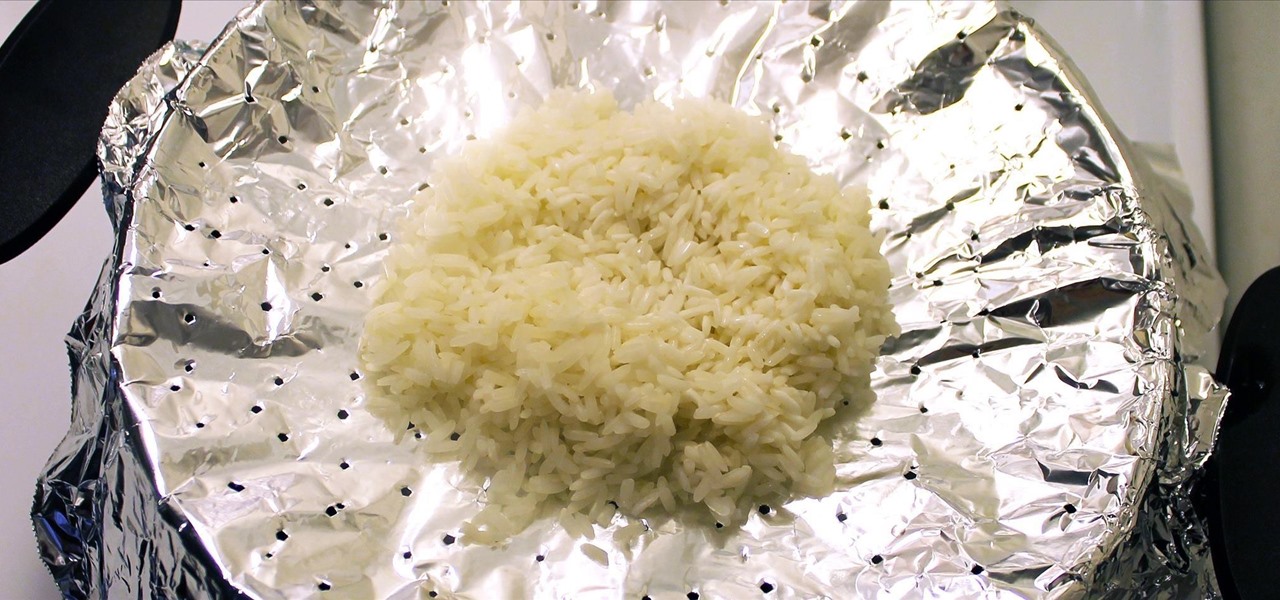



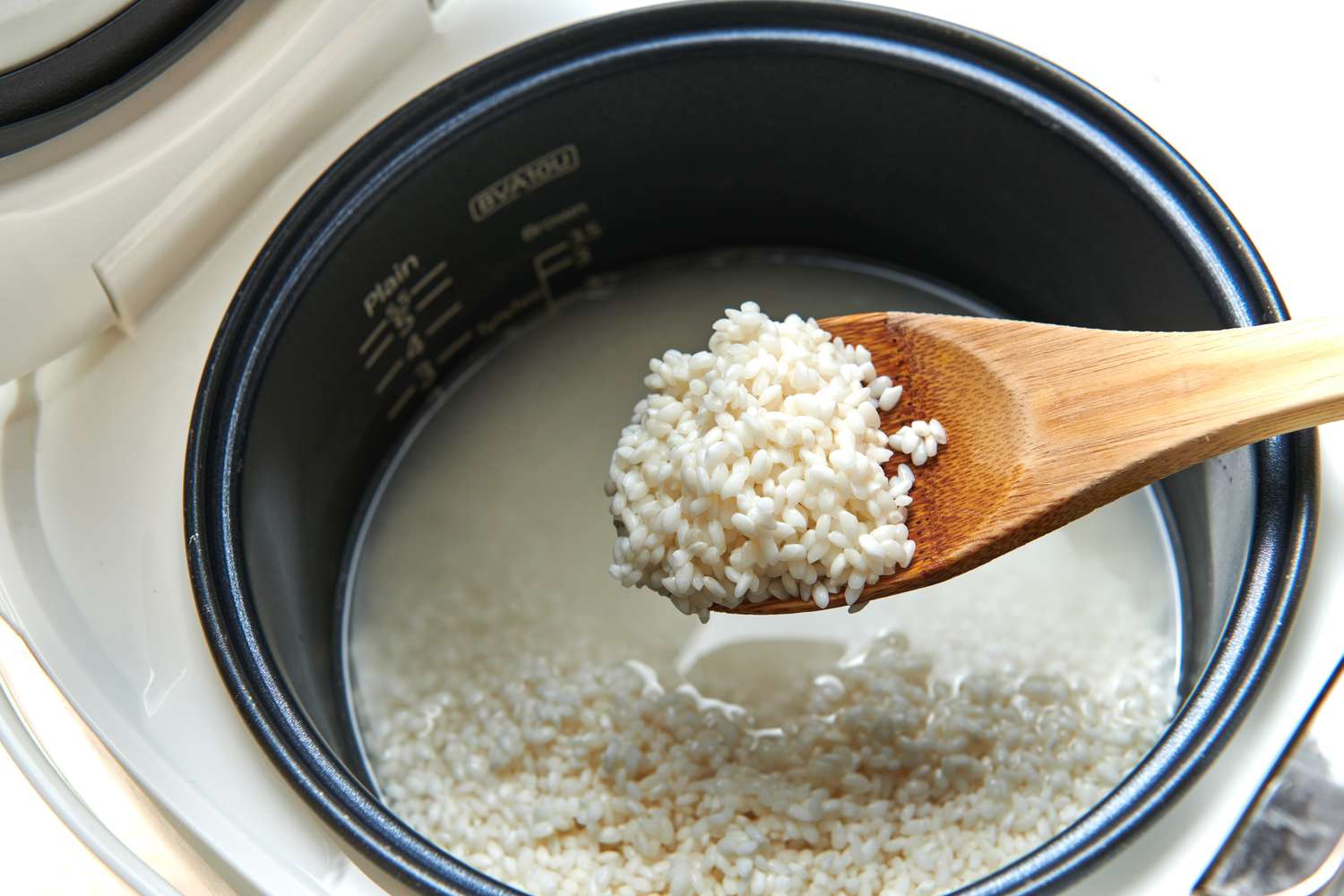
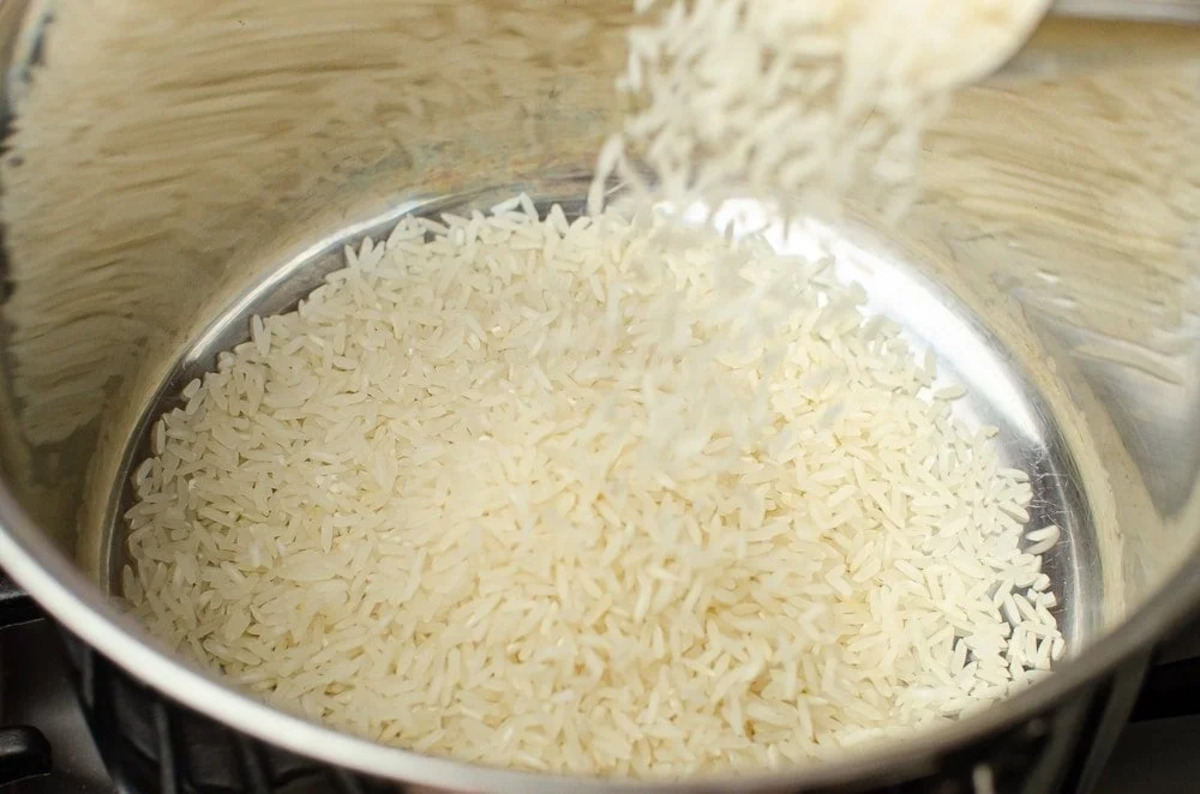
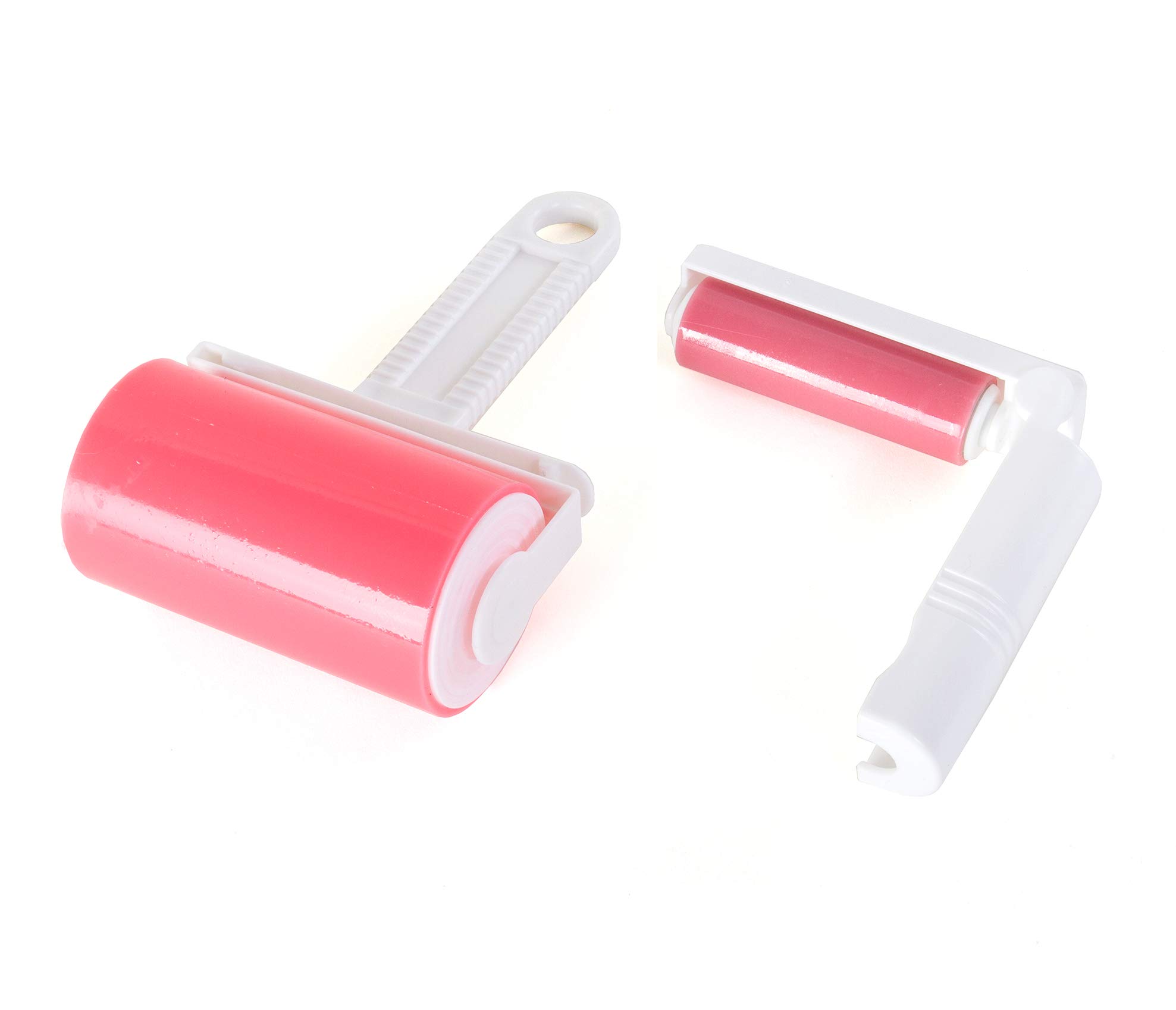
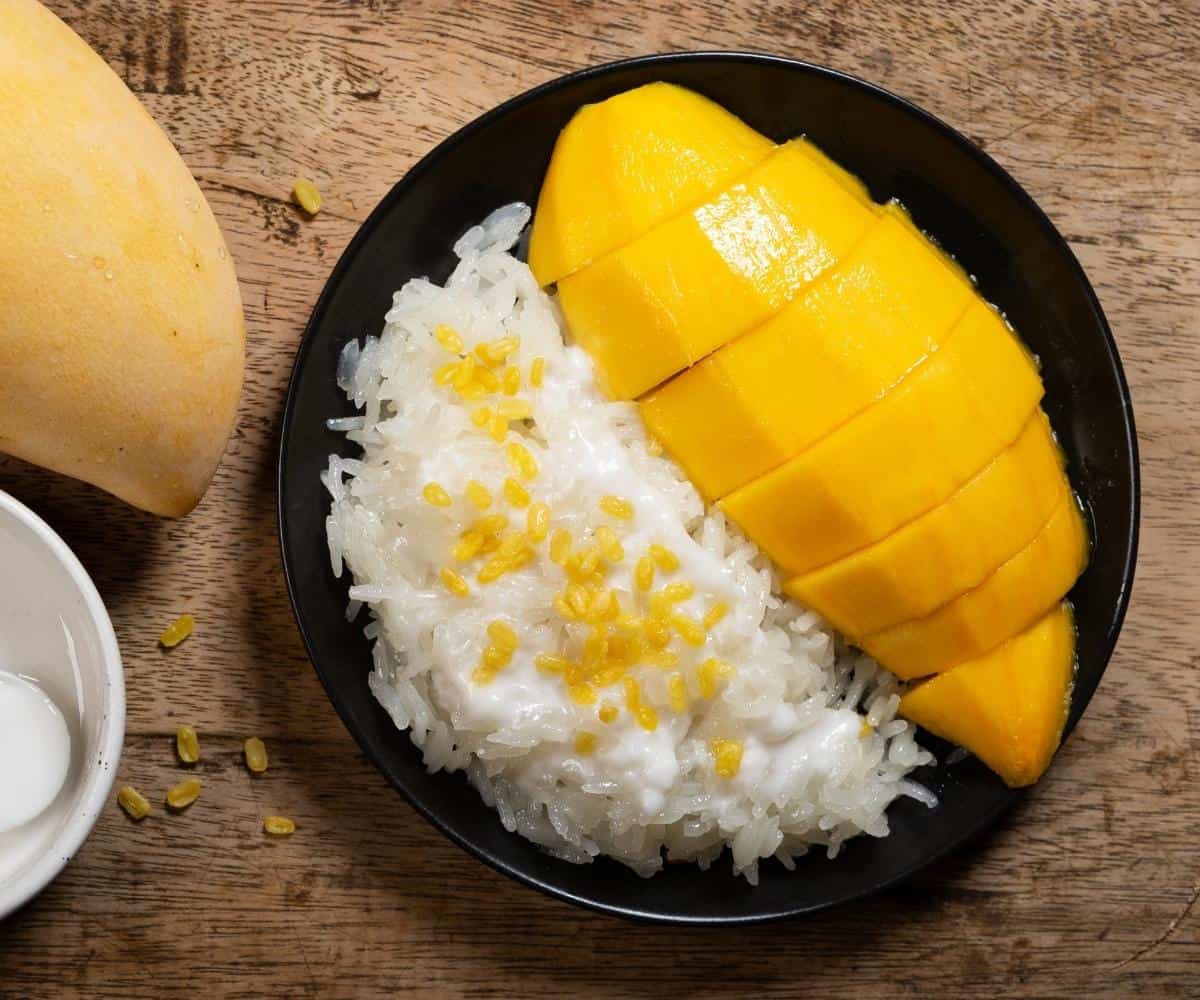

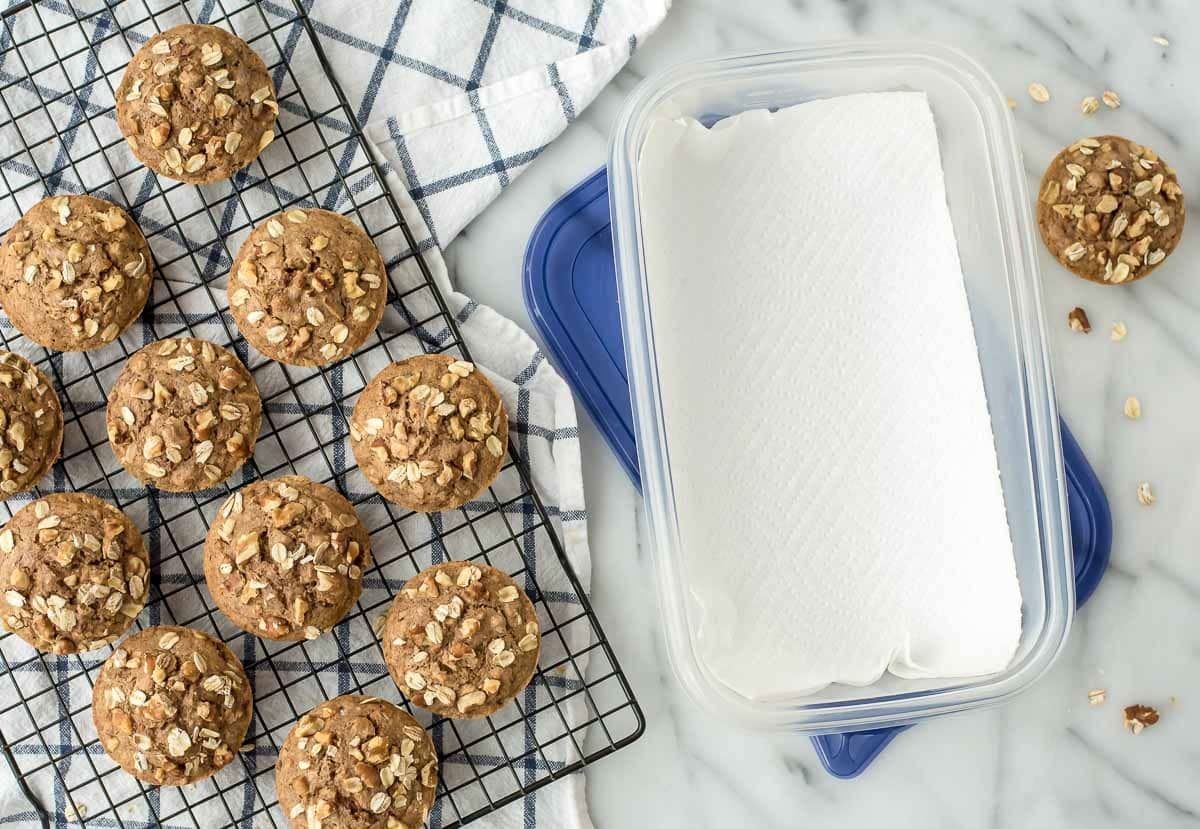

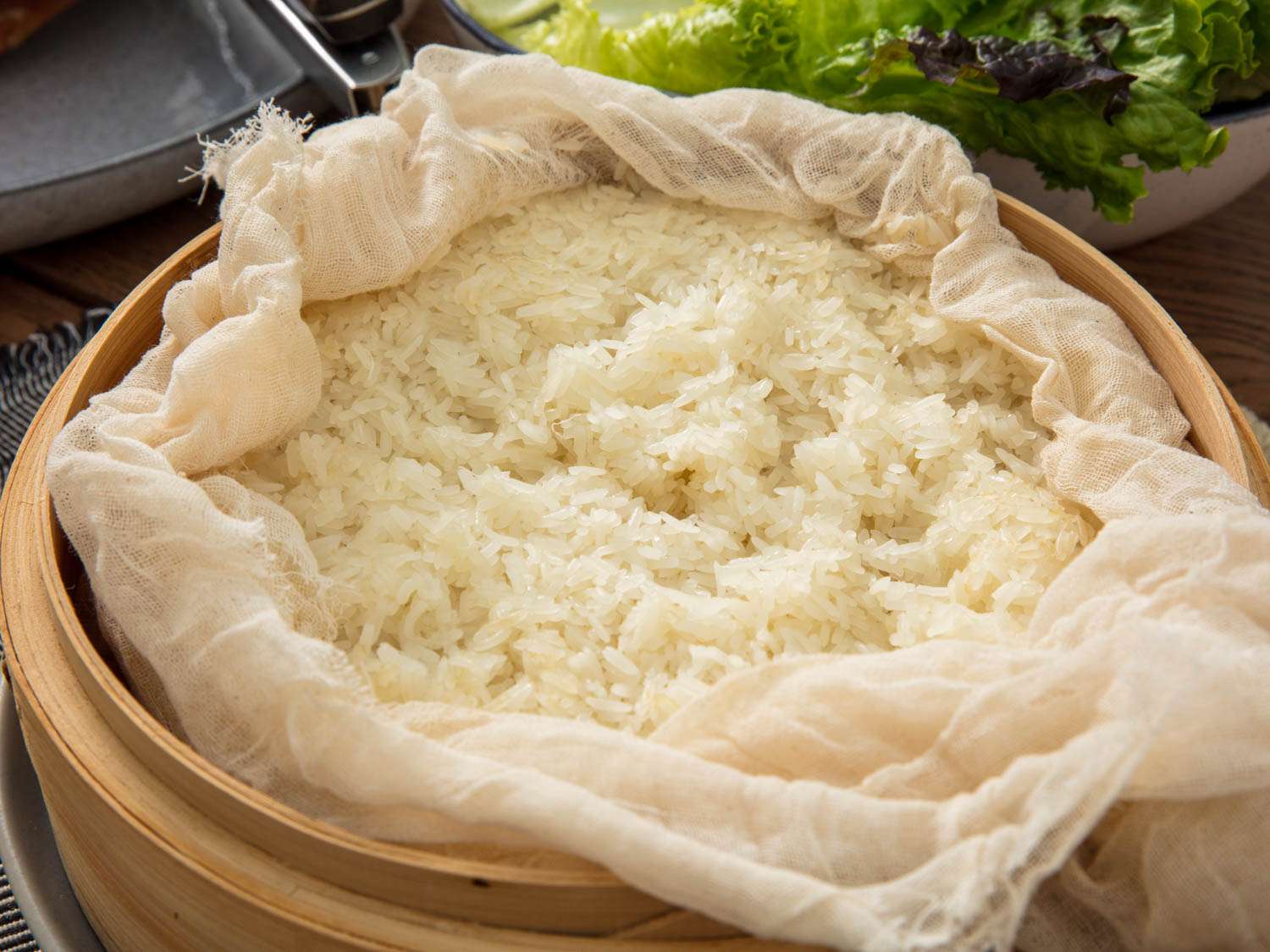


0 thoughts on “How To Store Sticky Rice”